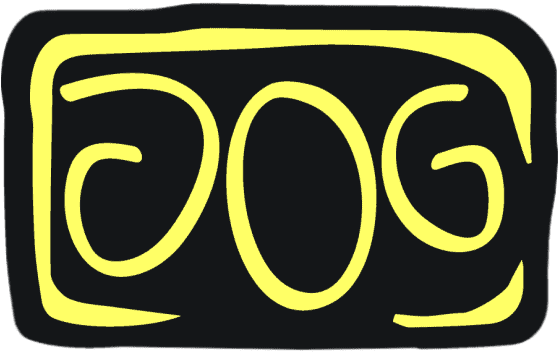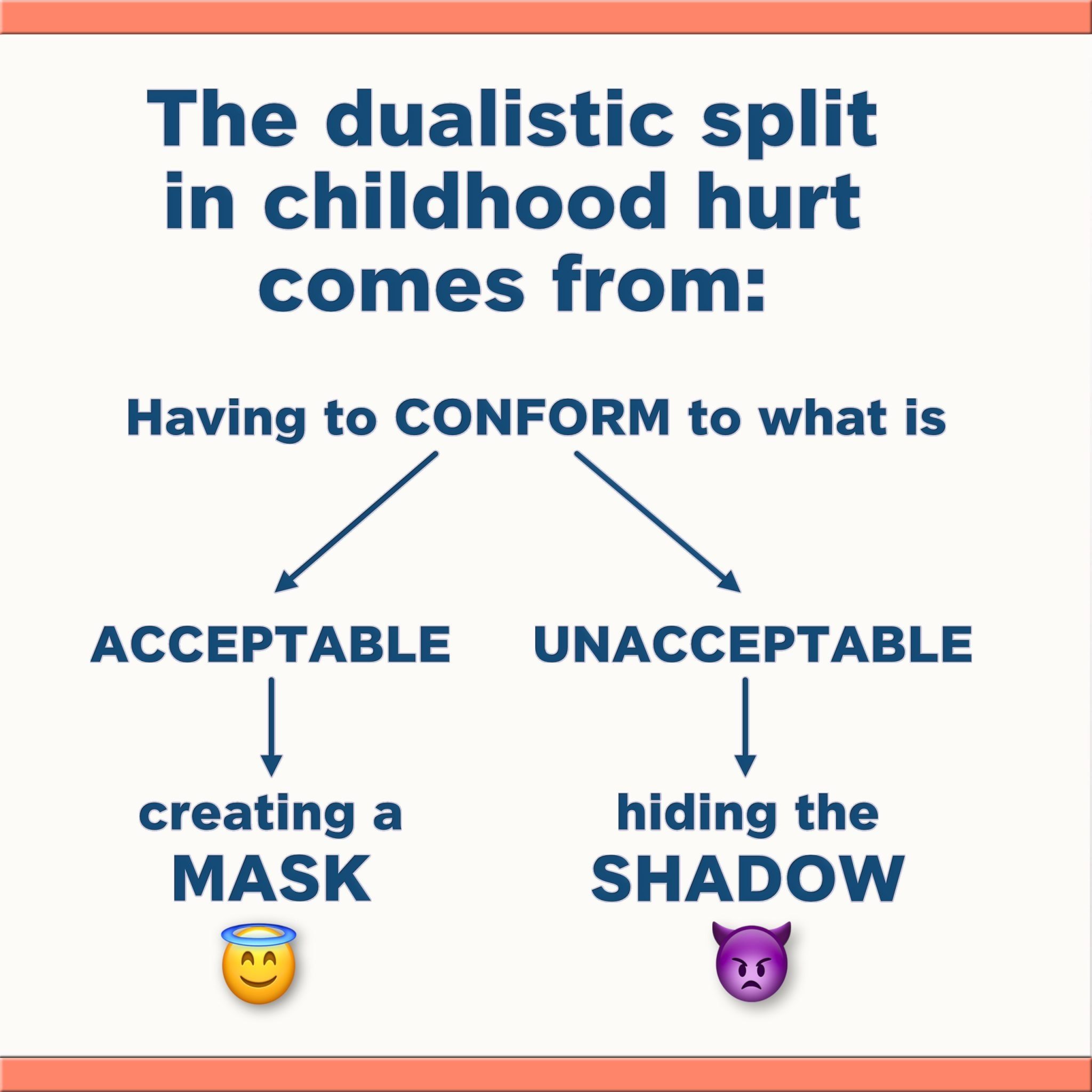As a child, when I was four or five, I remember feeling very unsafe and stressed when we had just moved to a new place.
Even though I can’t remember exactly what triggered me, I do remember that one time I got so angry that I slammed a glass door so hard that it shattered into pieces.
From that day on my father ridiculed me by nicknaming me “anger boy” in an attempt to control my emotions. I felt ashamed, misunderstood and rejected.
Born into social norms, we were taught by our parents what was acceptable and what was unacceptable.
This shaming happened regularly. And what was repeated, became a conditioned reaction: I learned to ‘swallow’ my anger to safeguard myself from ridicule and rejection.
Born into social norms, we were taught by our parents what was acceptable and what was unacceptable.
Through rewards, judgments, invalidations, and punishments, we were driven to meet their expectations, and learned to push our own thoughts, feelings, needs, and experiences “underground” as a necessary survival strategy.
When our parents reflected back to us that we were not worthy of being heard, trusted, or loved for who we were, we learned to hide ourselves.
As a result, we split ourselves into a presentable mask and an unwanted shadow, creating two conflicting, distorted versions of ourselves: a Dr. Jekyll, representing the socially acceptable persona, and a Mr. Hyde, representing the darker, uncontrollable parts of us.
By conforming to expectations and playing the roles we were assigned to, we compromised our integrity and severed the connection to our authentic selves.
Unfortunately, for many of us, the lasting effects of such childhood experiences often persist into adulthood.
However, it’s important to recognize that we can heal them, and we will address this later on.
Can you recognize the aspects of yourself that were rejected during your childhood?
Yours,
cue [kjuː]
Image header: Kachhna – Khmer Public Schools uniform, CC-BY-SA-4.0
You may also like
Nothing found.

